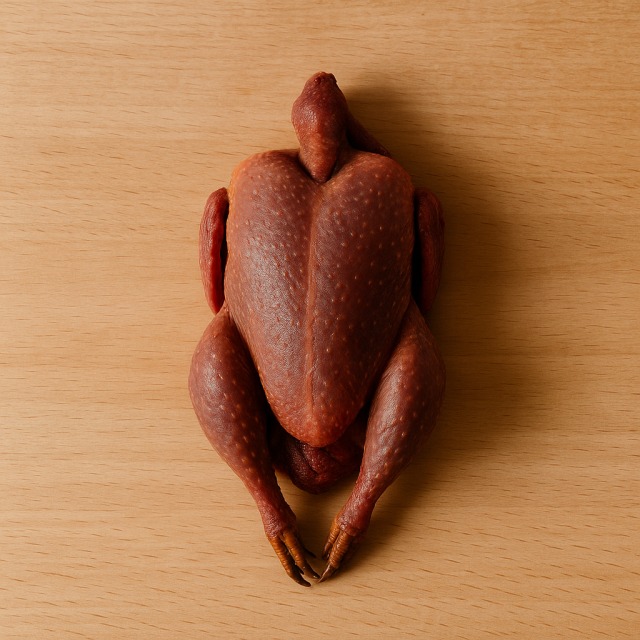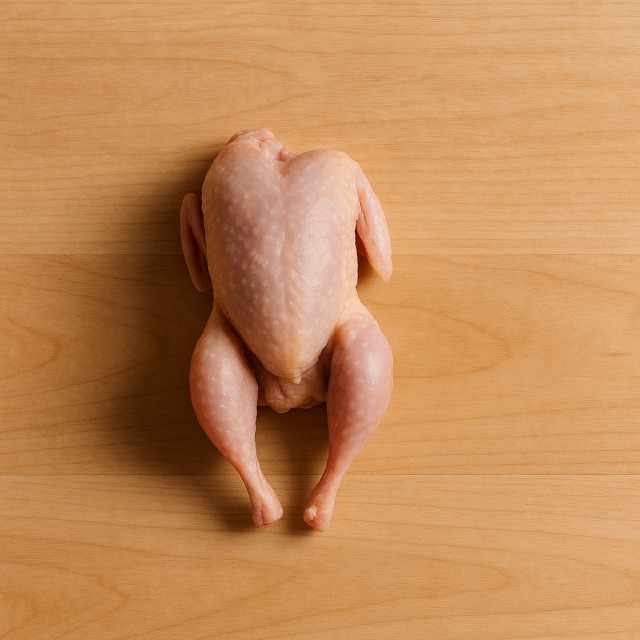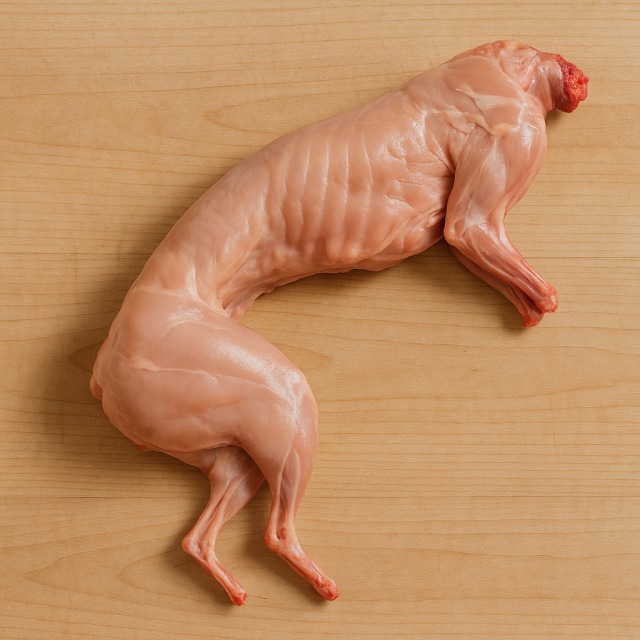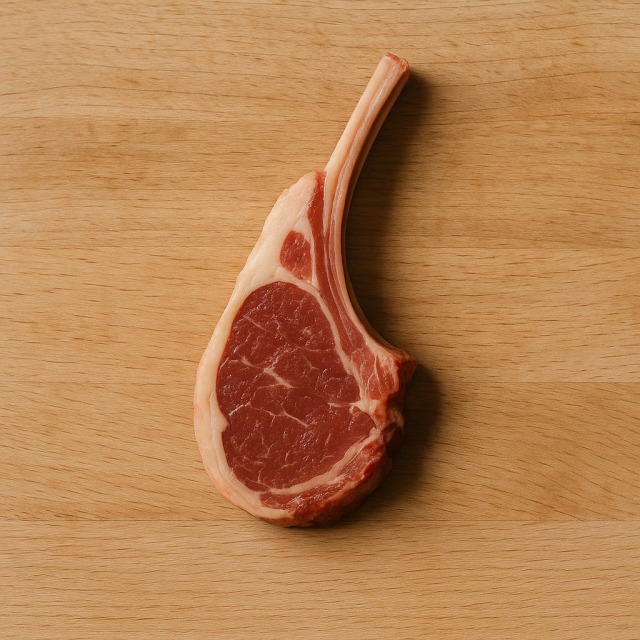Calorie Chart / Meat & Eggs / Pigeon
How Many Calories Are in Pigeon?
Calculation of the nutritional value & Recommended Dietary Intake of pigeon
For g and a calorie requirement of kcal
| Calories 192 kcal | Proteins 35 g | Lipids 6 g | Carbohydrates 0 g |
| 10% | 47% | 9% | 0% |
Health benefits of pigeon

Pigeon - 100g
Calories 128 kcal
Proteins 23 g
Lipids 4 g
Carbohydrates 0 g
Pigeon meat is considered a moderate-calorie source of animal protein. With 128 kcal per 100 g, it supplies fewer calories than fattier game birds while still offering excellent nutritional density. Those calories stem mainly from its 23 g of high-quality proteins, making pigeon interesting for muscle maintenance without the calorie overload that can come with red meat.
Beyond calories, pigeon provides heme iron that is more readily absorbed than the non-heme iron in vegetables. This can help prevent fatigue related to iron deficiency. It is also a good source of vitamin B12, niacin (B3) and riboflavin (B2), essential for energy metabolism—again helping the body use the calories it ingests efficiently. Trace minerals such as zinc and selenium support immune function and antioxidant defenses.
The bird contains modest amounts of unsaturated fatty acids (about 4 g fat/100 g), contributing to heart-friendly lipid profiles while keeping total calories under control. Historically prized in Mediterranean cuisines, pigeon was served in royal banquets because its lean flesh was easier to digest, and its calories were deemed "clean fuel" for convalescents. Today, athletes appreciate the favorable protein-to-calorie ratio, and people watching their daily calories can include pigeon as a flavorful alternative to more calorie-dense meats.
Tips for incorporating pigeon into a balanced diet
Because pigeon delivers proteins with relatively few calories, pair it with fiber-rich sides to create a satiating yet calorie-balanced meal. A classic is roasted pigeon on a bed of wild mushrooms—replace the pricey morel with lightly sautéed button mushrooms to limit calories and cost. Finish with a splash of red wine sauce reduced without added cream.
If you count calories strictly, try grilled pigeon breast sliced over a salad of arugula, roasted beet cubes and a lemon–vinaigrette. The vegetables add bulk without many calories, keeping the whole plate under 350 kcal.
Pigeon also adapts well to slow cooking: a Moroccan-style tagine with spices, a handful of almond slivers and dried apricot gives sweet-savory depth while controlling calories by relying on lean meat and aromatic seasoning. In meal prep, substitute pigeon for chicken in dishes such as chicken curry with rice; you will cut calories coming from skin and excess fat yet keep flavor.
For sports recovery, combine shredded pigeon with cooled quinoa and diced tomato. This bowl supplies complete proteins, complex carbs and moderate calories—ideal after a workout when you must replenish energy without overshooting your daily calorie target.
Frequently Asked Questions
- How many calories are in pigeon?
- There are 128 kcal per 100 g of pigeon.
- Is pigeon considered a low-calorie or high-calorie meat?
- With 128 kcal/100 g, pigeon falls into the moderate-calorie category—leaner than duck or pork but slightly higher than very lean poultry such as chicken breast.
- Does pigeon have carbohydrates?
- No, pigeon contains 0 g of carbohydrates, so all calories come from proteins and small amounts of fat.
- What vitamins and minerals justify the calories in pigeon?
- The calories you invest bring vitamin B12, niacin, iron, zinc and selenium—nutrients valuable for energy metabolism and immune support.
- Is pigeon suitable for a calorie-controlled diet?
- Yes. The high protein-to-calorie ratio promotes satiety. When cooked without added fat, pigeon helps stay within daily calorie limits.
- How does pigeon compare in calories to quail or duck?
- Pigeon (128 kcal/100 g) supplies fewer calories than duck (roughly 190 kcal/100 g) but slightly more than quail (about 120 kcal/100 g).
- What is the best cooking method to keep calories low?
- Grilling, oven-roasting on a rack or sous-vide followed by a quick sear add minimal fat, preserving the original 128 calories per 100 g.
Similar foods
Information provided by Calorie Menu may contain inaccuracies or errors. It cannot, under any circumstances, substitute medical advice or medication.










